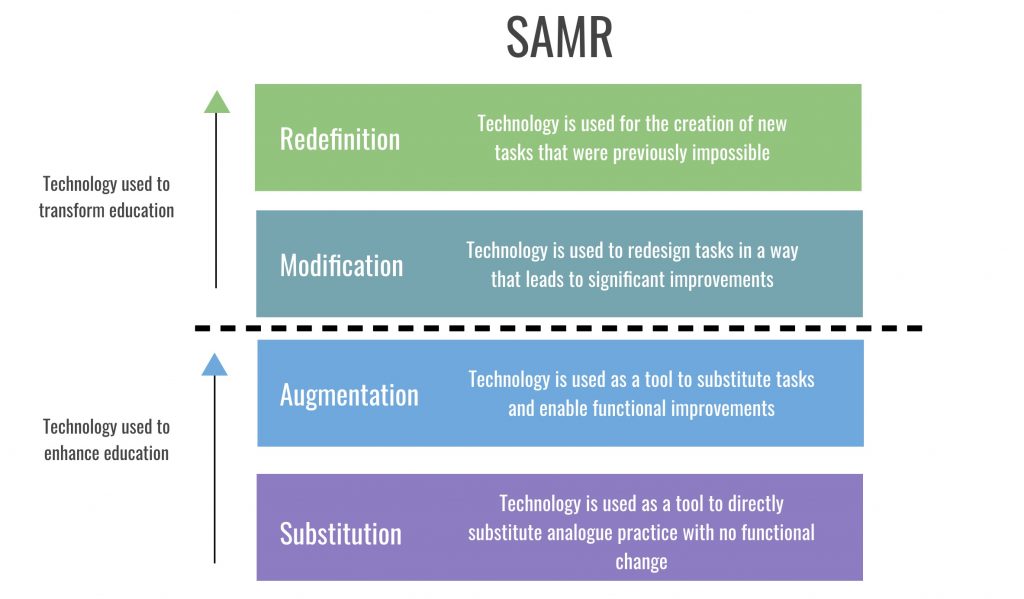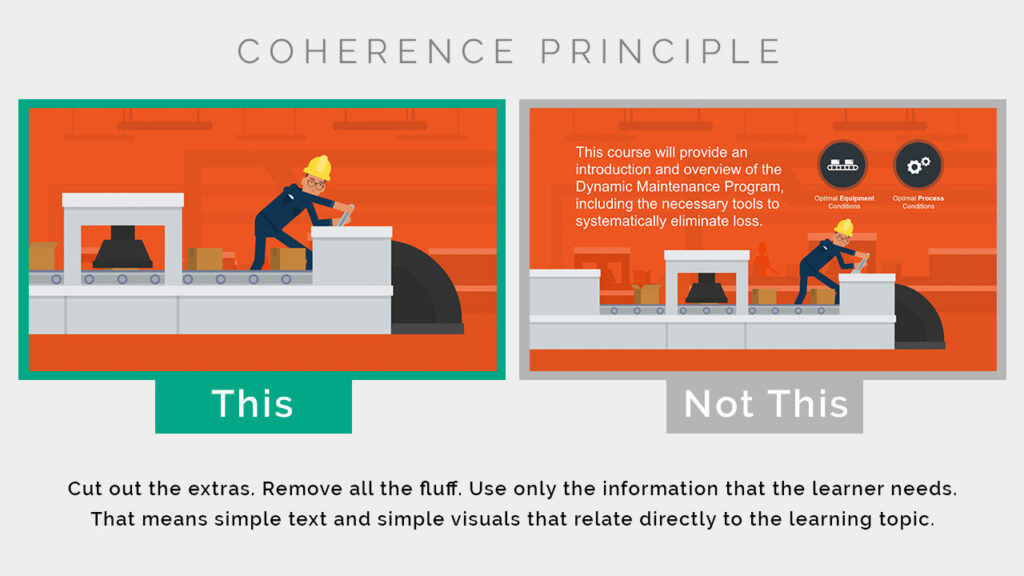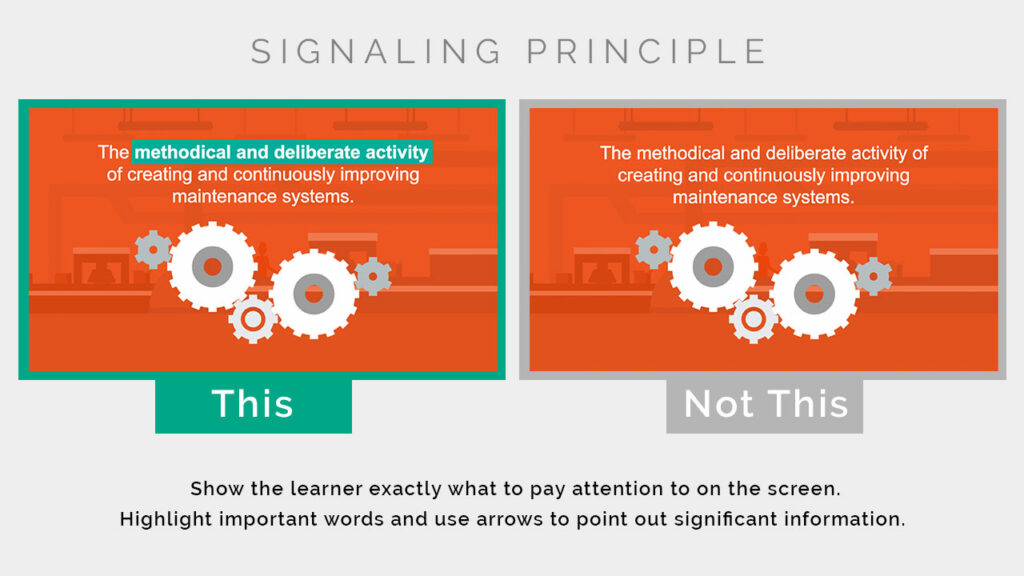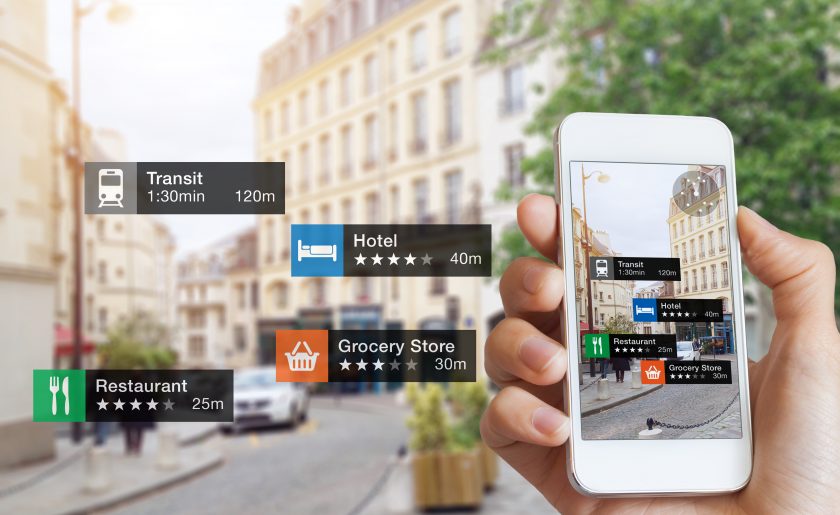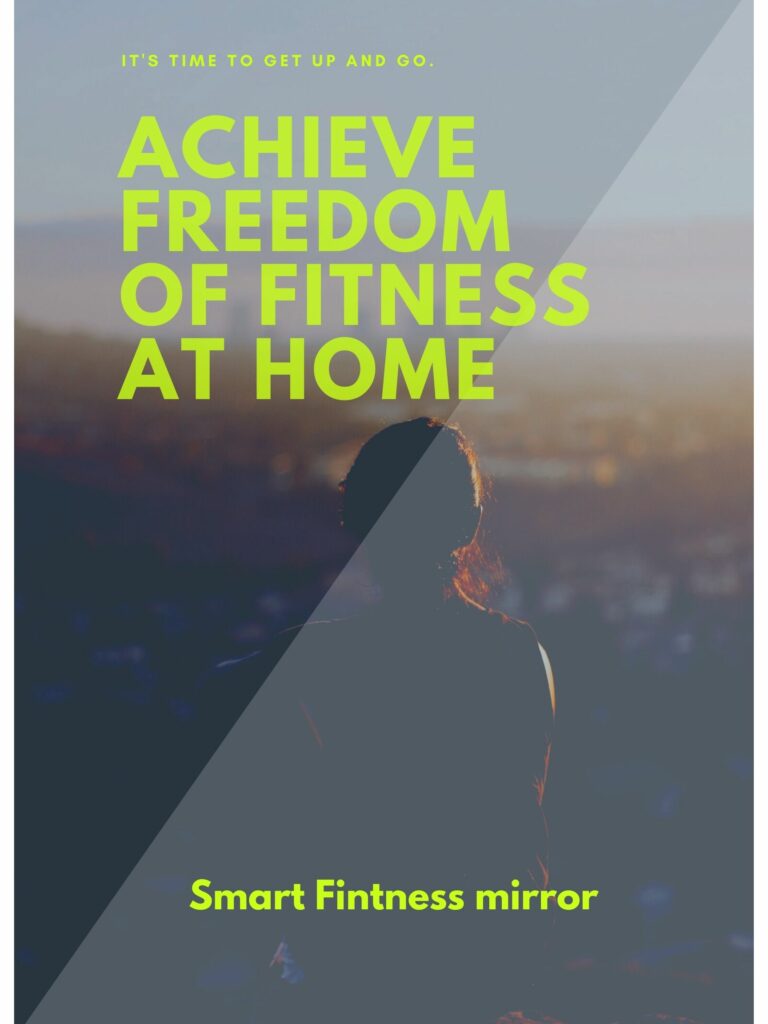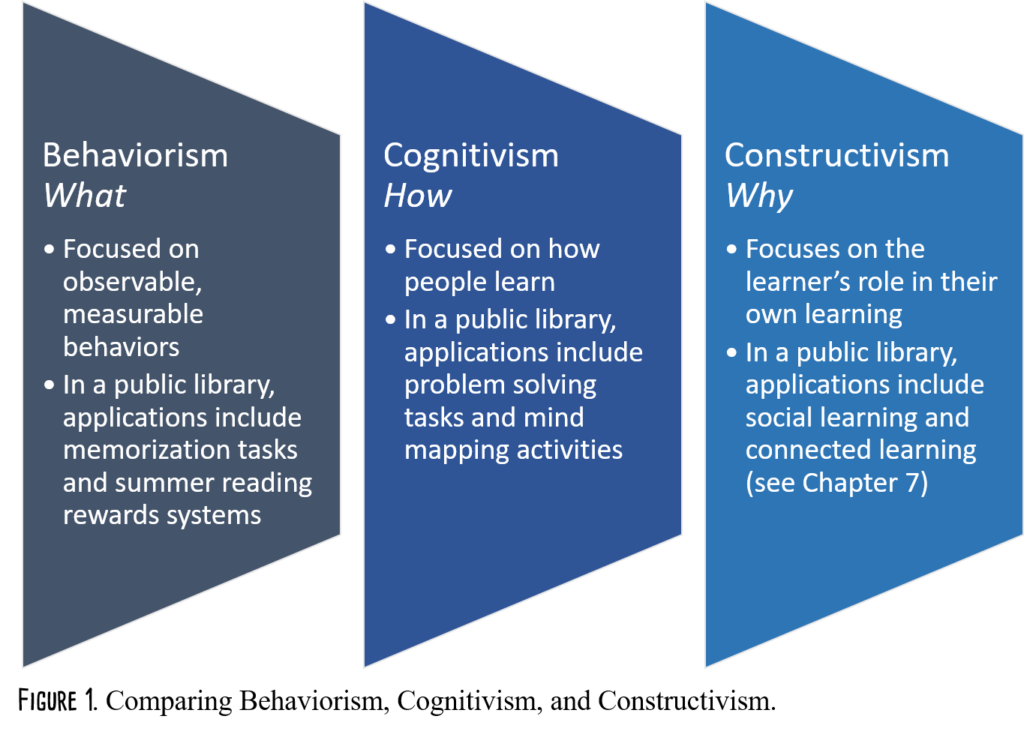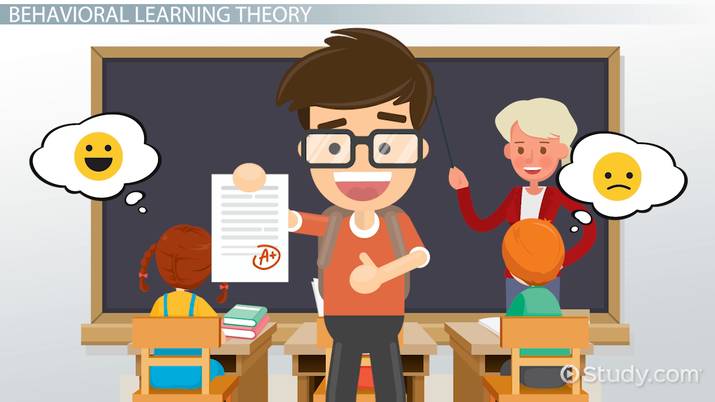This week we learned a little about Game Based Learning and Gamification, also gained some knowledge about them. So what is the difference between them? I believe this chart will give you the answer.
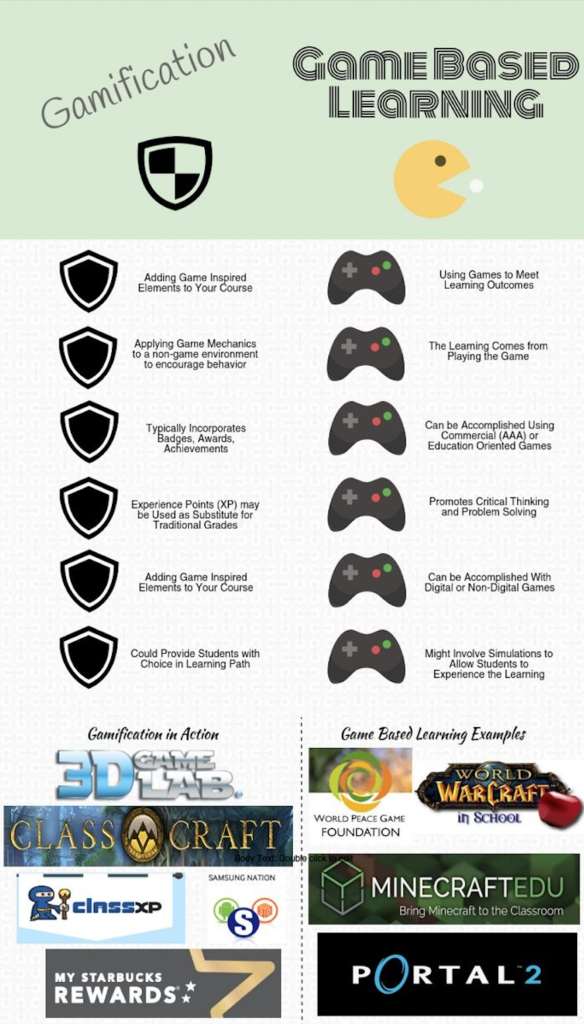
Then why does Game Based Learning and Gamification have so much power?
Many people have thought about this, and educators have been thinking about this issue. They found that the most overwhelming point of the game is its “timely feedback” mechanism, which can bring players a sense of participation and achievement, and if this is introduced into education, boring learning will become much more interesting.
For example, answering a physics question. We can calculate according to a fixed formula, as long as the number of questions done is enough, you can always come up with an answer. But after you get the answer, you may still not like physics. If in another form: If the Earth is occupied by an alien species, you need to combine the position and relationship between the Earth and other celestial bodies, including the celestial mass, angle and distance, the law of gravity, and the escape velocity to ensure that the spacecraft does not fall out of orbit during the process of leaving the Earth, in order to maximize the possibility of planetary transfer for humans.
This is a wonderful application problem, and even we do not have the opportunity to complete this thing in our limited life. But it is in such a game, we will have enough space to play and show themselves, the game brings a sense of achievement, even if you know it is false, but you are still immersed in it. This is the motivation that comes from the game.
The way to reconcile with the game is to use it in just the right way, and game-based teaching creates a way for us to reconcile with the game. Gaining knowledge and thinking while having fun. We are always looking for educational games that are interdisciplinary, focused on logical exercises and inspiring.
